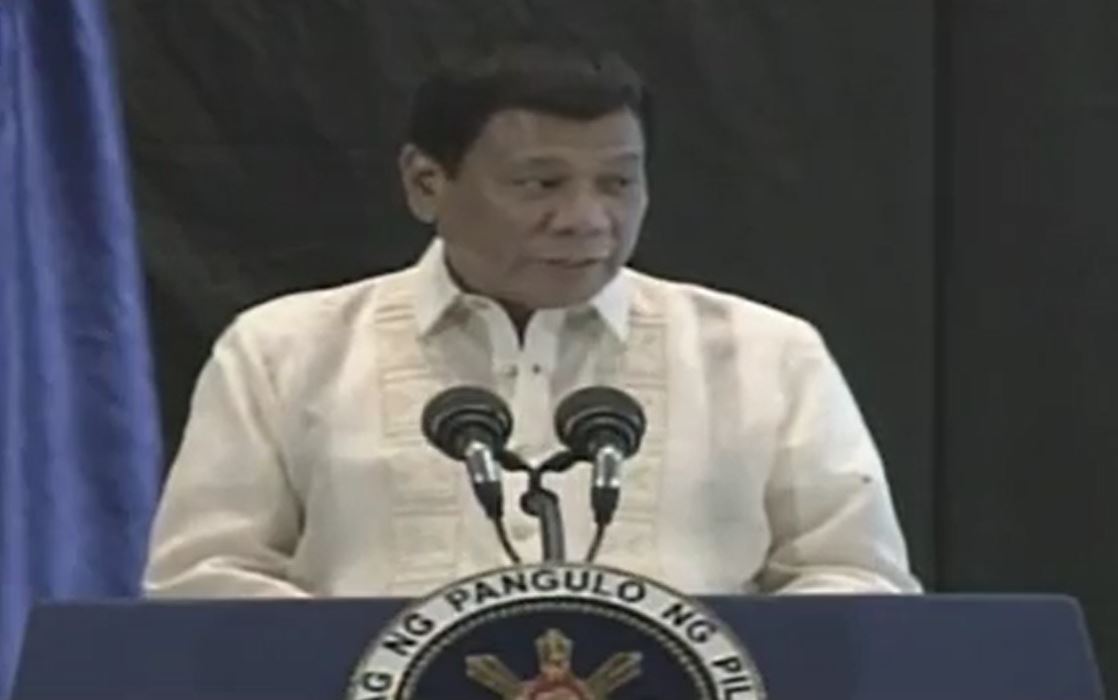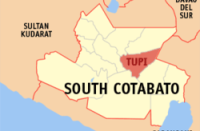
(Eagle News) – President Rodrigo Duterte again pushed for the return of capital punishment in the country, citing statistics that showed a more than 3,000 percent increase in heinous crimes after the death penalty was scrapped in 2006.
During a speech at the Manila Times 5th Business Forum in Marco Polo Hotel, Davao City on February 10, 2017, the President said the statistics provided by the Bureau of Corrections itself showed that the death penalty was a deterrent to crimes.
“Heinous crimes increased by 3,000 percent – galing ito sa Bilibid (this is from the Bilibid) — after the scrapping of death penalty,” Duterte said, citing statistics from Bucor.
He said that when death penalty was still in place, the inmates convicted for heinous crimes numbered to just 189.
After the capital punishment was abolished, there was a total of 6,280 persons who were convicted for heinous crimes.
Duterte said that this was why the public should not believe those who are claiming that death penalty was not a deterrent to crime.
“Kaya huwag kayong maniwala sa mga writers ng mga opinion, puro basura lang yan,” he added.
Death penalty was first prohibited in the country after the late President Ferdinand Marcos was deposed in 1986 and after the 1987 Constitution was drafted,” making the Philippines the first Asian country to abolish capital punishment. But the Constitution allowed the Congress to reinstate death penalty for “heinous crimes
During his campaign, former President Fidel V. Ramos promised that he would support the re-introduction of the death penalty in response to increasing crime rates.
The new law, drafted by Ramos, restored capital punishment by defining “heinous crimes.”
Executions resumed in 1999, starting with Leo Echegaray, who was put to death by lethal injection under Ramos’ successor, Joseph Estrada, marking the first execution after the reinstatement of the death penalty.
The next execution saw an embarrassing incident where a busy phone line prevented President Estrada from relaying to prison officials his grant of a last-minute reprieve for convicted rapist, Eduardo Agbayani. He failed to get through to the prison authorities in time to stop the execution because of a busy signal and a fax tone.
Estrada’s successor, Gloria Macapagal Arroyo, who was a vocal opponent of the death penalty and also approved a moratorium, but later permitted executions and denied pardons.
On 15 April 2006, the sentences of 1,230 death row inmates were commuted to life imprisonment. This is said to be the “largest ever commutation of death sentences” according to Amnesty International.
Capital punishment was again suspended via Republic Act No. 9346, which was signed by President Gloria Macapagal-Arroyo on 24 June 2006. Congress earlier that month overwhelmingly voted for the abolition of capital punishment.







